National Parks of Greece
National Parks of Greece
National Parks
Wetlands of International Importance
Marine Parks
A concise tale of the National Park march
The concept of a National Park refers to a natural area in which special terms of land use apply, in order to contribute to the preservation of its environmental features.
The term "park" usually refers to absolutely or relatively natural areas, of particular ecological value and/or great biological diversity and/or of particular landscape, geological or symbolic importance, while the term "national" signals both the interest and responsibility of government agencies, as well as the place this place has in the local society.
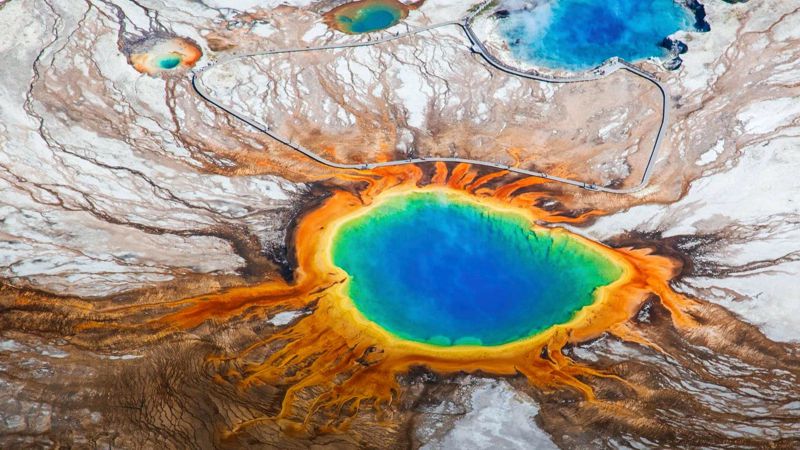
Yellowstone National Park
The creation of Greek National Parks
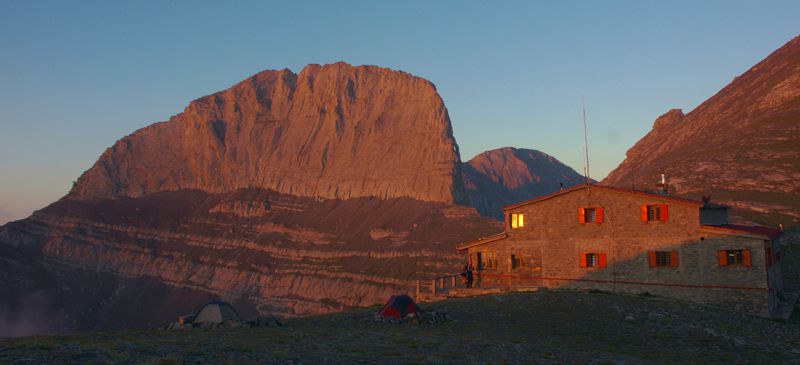
The highest peaks of Mt Olympus, Olympus National Park
The importance of the protection of the Greek nature and the symbolic value of the mountain landscape have been highlighted since 1937, when the first legal framework for national parks was drawn up in Greece. The following year, Mt Olympus National Park was established, followed by the creation of Mt Parnassos National Park. These were for a few decades the only two National Parks of the country.
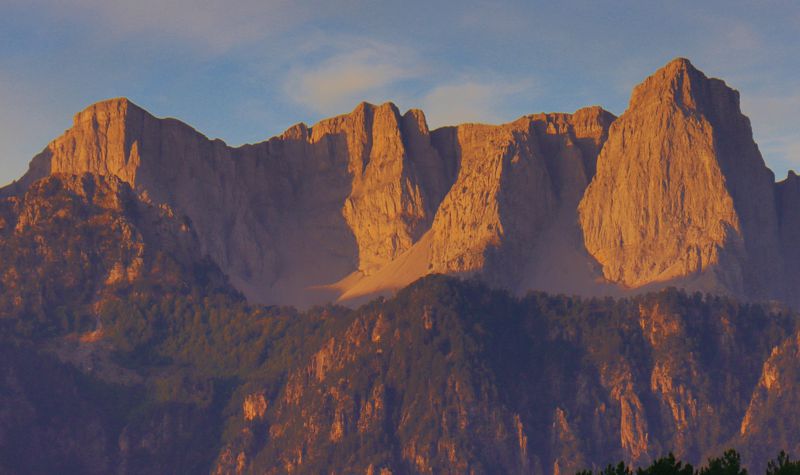
Οι κορυφές της Γκαμήλας στο Εθνικό Πάρκο Βόρειας Πίνδου
Until 1974, 8 more national parks were gradually established under the newer 1971 legislation: six areas in mainland Greece, one in Crete and one in Kefalonia Island. The application of the protection terms, often unrealistically strict, remained lax, either because the purpose of the protected area remained uncertain, or because the site in question entered a trajectory of development and the area found a new destination.
As a proof of the slow maturity of the Greek National Parks, the first - and rather hasty - studies to assess the biodiversity of most Parks were carried out in the 1980s. Meanwhile, ski resorts (Mt Parnassos) and refuges (Mt Olympus), recreation areas (Mt Oeta) and telecommunication towers (Mt Parnitha and Mt Aenos had been built in the protected zones without any environmental impact study, while the hydroelectric project of the main stream of Valia Kalda (Pindos NP) was prevented at the last moment. In general, only in Mt Olympos and Samaria gorge, both lucrative tourist destinations, the existence of some regulatory framework was noticeable.
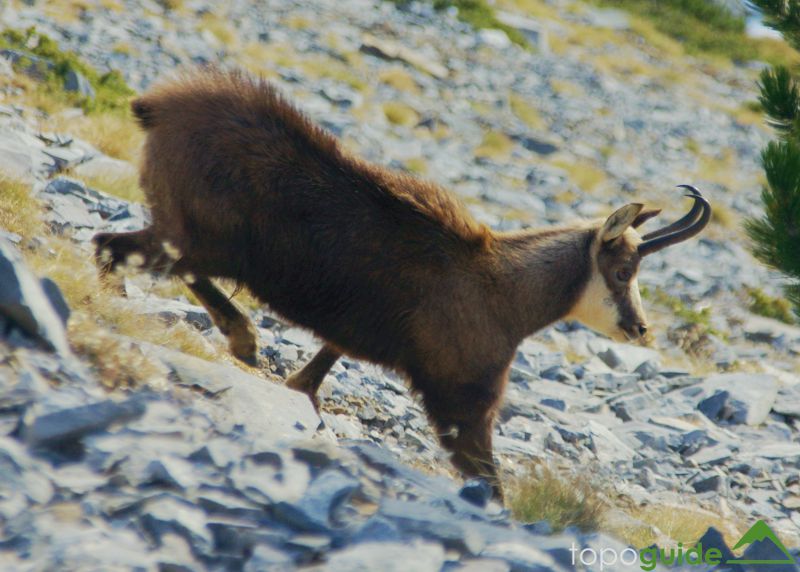
The greek populations of Balkan Chamois have been conserved thanks to the protection offered by the Mt Olympus, Vikos-Aoos and Mt Oeta NPs
The 1980s were marked by the drafting of Law 1650/1986 which put on paper the result of the fermentation of four decades of protection efforts. law 1650 offered a range of well-established and practical issues, but also included some vague concepts such as the Ecodevelopment area. 1650/1986 Low echoed the quests of its time for how to integrate the protection of the natural environment both in areas of conflicts, like the touristic islands, and areas of weak economy.
In any case, born in the favorable climate of the 80s, this famous Framework Law for the Environment contributed catalytically to the evolution of the concept of the protected area, from the National Forest status, ie a "forest resource" under the responsibility of an anachronistic Forestry Service, in a modern National Park, an area of global responsibility, supported by the entire scientific community.
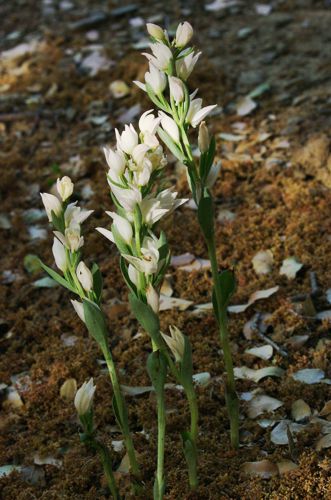
cucullata
(Samaria NP)

parnassica
(Parnassos NP)
The transition from the single-purpose perspective of forest management plans to the modern and interdisciplinary Special Environmental Studies, the treatment of the delimitation of the Wetlands of International Importance (RAMSAR Convention) as an object of regional planning, the involvement - essentially the genesis - of environmental NGOs of new era, which were now implementing research and active protection programs, the growing awareness of the urban population towards the issues of protecting a - always unknown and distant, but now particularly likeable - nature and finally the creation of successive generations of biologists and forest engineers of a new mentality, coincided with the arrival of EU Community interest (and money) and all together fueled two decades of rapid developments.
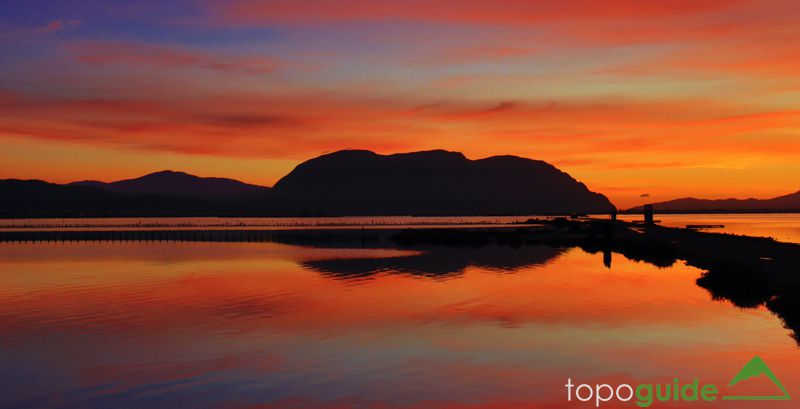
National park regulations ensure the protection of one of the largests wetlands of Mediterranean basin
The fruits of the mobility of this period were the consolidation of the Natura 2000 catalog as a valuable spatial tool, the creation of the Marine Parks of Northern Sporades and Zakynthos and the publishing of plants and vertebrates Red Data Books catalogs, which helped to better organize the priorities
The maturity and new challenge of Greek National Parks
From the beginning of the new century until today, many important steps have been taken in the field of clarifying the role and the future of protected areas, mainly the upgrading of large Natura 2000 areas into new, still immature, but finally institutionalized National Parks and the establishment of of management bodies, which gathered experience and recently transformed into stronger Management Units, covering different types of protected areas.
At the same time, with all the new means of sharing data and information, it is becoming clearer and easier to evaluate the importance of protected areas. So today we clearly know that these areas, through the multi-year effort of many agencies, among which the Forestry Service was clearly at the forefront, even under the poor conditions of implementation of the protection terms, achieved their main goal: to keep the natural landscape and its biodiversity into good condition, so that through our improved vision and tools we can assist them do even better in the future.
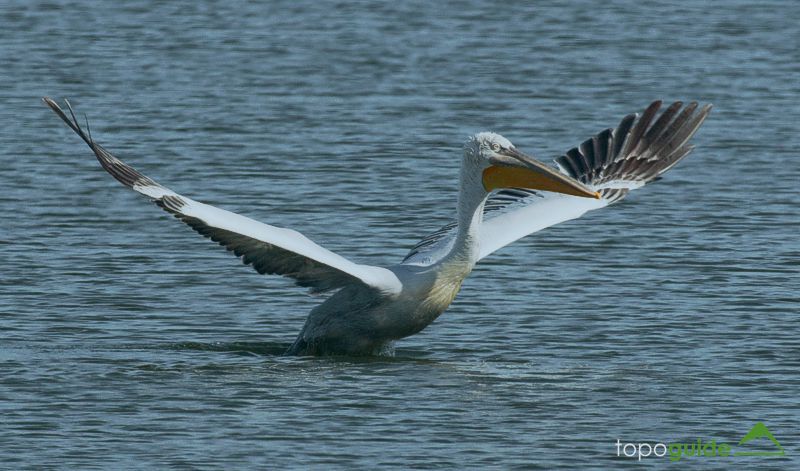
The greek population of Dalmatian pelican increased by ten thanks to the regulations applied to Prespa National Park
Thus, the conservation efforts for the National Parks achieved:
- to contain and reverse the decline in the populations of large mammals, predators, waterfowl and waders, such as the Wolf, which is currently solidifying its presence, the Bear, which is in better condition than ever, the Chamois, which is now recovering its old distribution, the prosperous Jackal, the Dalmatian pelican and many others,
- to keep the landscapes almost intact, mainly by discouraging encroachers through the deterioration of their environmental image,
- to inspire generations of young scientists to engage in the recording and promotion of natural wealth and the awareness of the society,
- to tranfer the experiences and the institutional framework to the present day, creating the understanding of the common responsibility of preserving the planet.
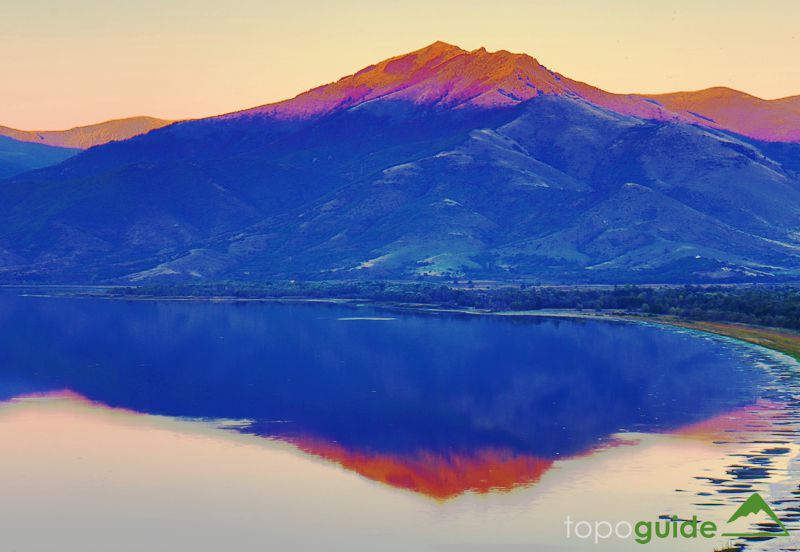
Prespa Lakes National Park is the first tri-national, trans-boundary park in the Balkans
On the other hand, during this period, three major prerequisites of conservation, all three closely related to each other, although not entirely removed, were nevertheless not achieved:
- to reverse or at least contain the constant tendency of change in the agricultural production model, which withdraws the man from the natural landscape and tranforms him from a dynamic contributor to a weak manager,
- to transform at least part of the wealth, which the object of conservation rightfully contains, to a tangible benefit for the inhabitants of these areas,
- and above all to give the National Parks a recognizable identity as places of knowledge, experiences and successful management.
Under these weaknesses and despite the huge strides that have been made, Greek National Parks remain a small part of the forces that drive civilization and progress.
Table of the National Forests, National Parks and Marine Parks of Greece
Click on a polygon to access the detailed chapter
Τerrestrial National Parks
After the initial creation of the 10 terrestrial National Parks between the years 1938 and 1974, followed the consolidation of the Vikos-Aoos and Pindos parks into the large Northern Pindos National Park, the creation of Chelmos-Vouraikos National Park, Rhodope National Park and Tzoumerka National Park, the finalization of the Presidential Decree for the Dadia National Park and finally the promotion of the Prespa National Park as a Transboundary Park, thus inaugurating the first intra-Balkan protected area.
At the same time, several research projects were carried out, information centers were built, books, maps and guides were published and many useful websites were built.
Thus, today the country is adorned by 13 terrestrial parks, all of which cover mountainous areas (of course Prespa includes two lakes and Dadia covers a lowland area). One could say that this small list includes really representative areas and possibly covers a good percentage of the mountainous landscape of the country. With the upgrade and expansion of the Management Units, a new era begins for these areas - and rather timely, given the recent shift towards hiking and adventure tourism.
Wetland parks
Starting in 2000 with the Schinias National Park, which was somehow part of the Olympic Games projects, within a few years 9 parks were established covering the most important wetlands, the main lagoons and the lower valleys and estuaries of the major rivers.
The rapidity with which this feat was accomplished is due to the experience gathered, the experience gained through the process of delimitation Ramsar sites, in which the environmental community was fully involved, and the aknowlegment of how vulnerable these sites are.
In practice, these nine areas gather all of the country's important wetlands and somehow alleviate the battle over protecting sensitive lakes and coastal ecosystems. On the other hand, these are areas of greater tensions than mountain parks, both because the local society still has expectations of prosperity from its surrounding resources, and because water bodies are strongly intertweaved with the wider productive structure.
Marine Parks
A field of long-standing and acute confrontation, the case of the Sea turtles protection in Zakynthos Island was the biggest "school" for both the administration and the NGOs. Laganas Bay was the only region in Greece where there was a resounding conflict of interest between the locals and the environmentalists - apparently because there were interests.
The issue seems to have been settled, and the local tourism industry has accepted the small losses of freedoms (or indecencies, as the case may be) in the name of a better environmental image, which it reintegrates into its business profile.
In contrast to the useful conclusions adventure of Sea turtles in Zakynthos Island and Lagans Bay, the Marine Park of the Northern Sporades was established and matured in a quiet climate of little doubt. Today it is one of the most popular tourist resources of Alonissos Island.

